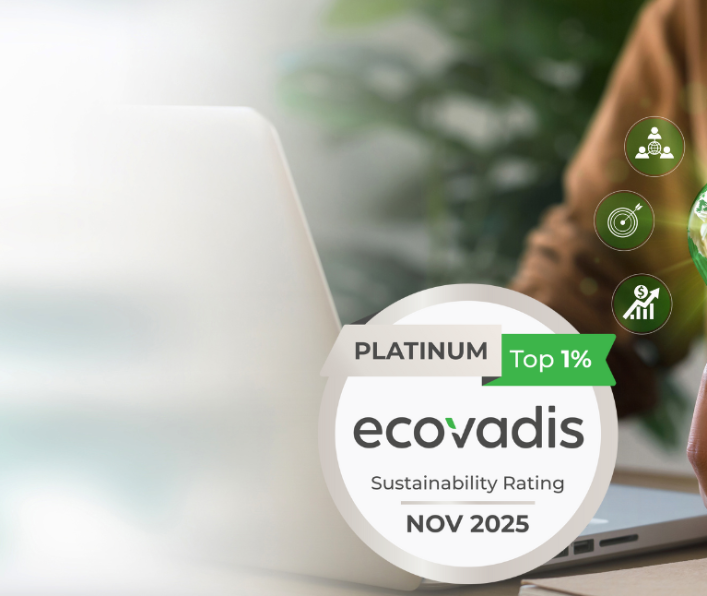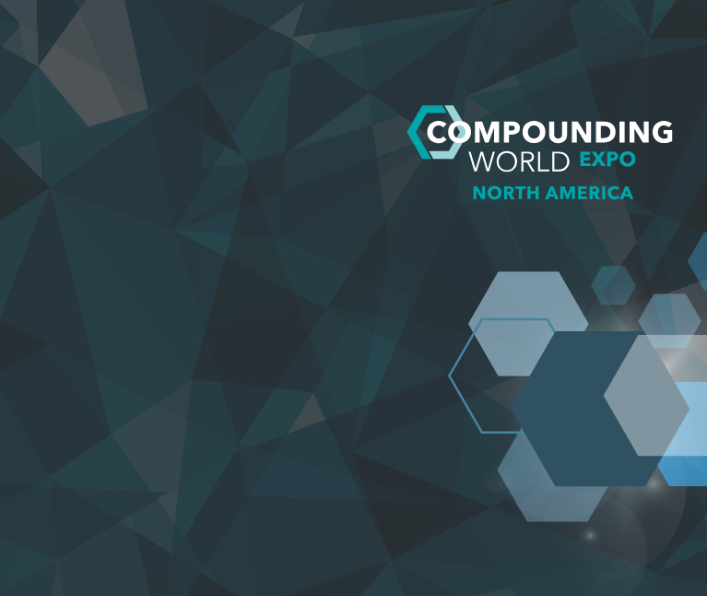Insight
Electrical and Electronic Equipment Recycling: How to Enhance Plastic Effectiveness
The European Commission is currently revising the regulation concerning Waste Electrical and Electronic Equipment (WEEE). Although this directive has been in place for 20 years and has shown some progress, it has not been completely effective, with only 40% of WEEE being recycled across the European Union.
The evaluation focuses on several key targets:
- enhancing the collection of critical raw materials,
- improving recycling rates,
- harmonizing Extended Producer Responsibility (EPR),
- and improving waste treatment processes.
Additionally, electrical and electronic equipment (EEE) will also be affected by the upcoming Ecodesign for Sustainable Products Regulation (ESPR).
Plastic is a significant component of EEE
It serves various functions, including structural parts (casings, housings, panels, and trays), cables, and electronic components (connectors, switches, displays, and bezels), as well as mechatronic parts (actuators and gears). The types of plastics used include polypropylene (PP), acrylonitrile butadiene styrene (ABS), and polystyrene (PS) for structural applications, and technical polymers (such as polyamide [PA], polyether ether ketone [PEEK], polyoxymethylene [POM], polyphenylene sulfide [PPS], and polybutylene terephthalate [PBT]) for other components. This variety presents significant challenges in post-consumer sorting, which is necessary for efficient reintegration into new products. While sorting methods such as spectroscopic, electrostatic, and differential density techniques are quite effective, the predominance of black plastics in many parts can hinder reuse due to their color balance.
Structural parts, however, present the most promising opportunity for improvement, as they represent a significant volume and are essential for enhancing collection and reintegration into new products. Their recyclability and availability make them a key pillar in the shift towards sustainable plastics for EEE. Nevertheless, challenges remain, particularly regarding certain plastic types that may contain legacy additives. The life cycle of EEE generally spans a medium range of 3 to 10 years, depending on the product type. Additives such as halogenated flame retardants could pose obstacles to achieving full circularity, which upcoming recycling processes must address through extraction techniques. Therefore, the goal of achieving full circularity remains a challenge, although post-consumer reintegration can be improved.
Benvic is currently developing a solution for EEE utilizing post-consumer recycled content, mainly focusing on PP compounds. The two key challenges are ensuring material performance and managing costs. The goal of compounding is to source and qualify proper post-consumer feedstock. Additionally, qualifying this feedstock is essential to enable recompounding and produce a high-quality product.
Given the variety of compounds to be used and their applications, co-design with customers is crucial to manage the necessary adaptations depending on EEE components. Collaborating with designers for the evolution of part characteristics, particularly for major appliances and transparent parts, is vital. Establishing injection parameters and characteristics is another important step to ensure final quality and cost control.
We invite you to meet us in Düsseldorf at the K2025 show to discuss your EEE part project focused on recycling.
Let's discuss about it during the K2025 show in Düsseldorf, we are in Hall 8a – Stand F12.



